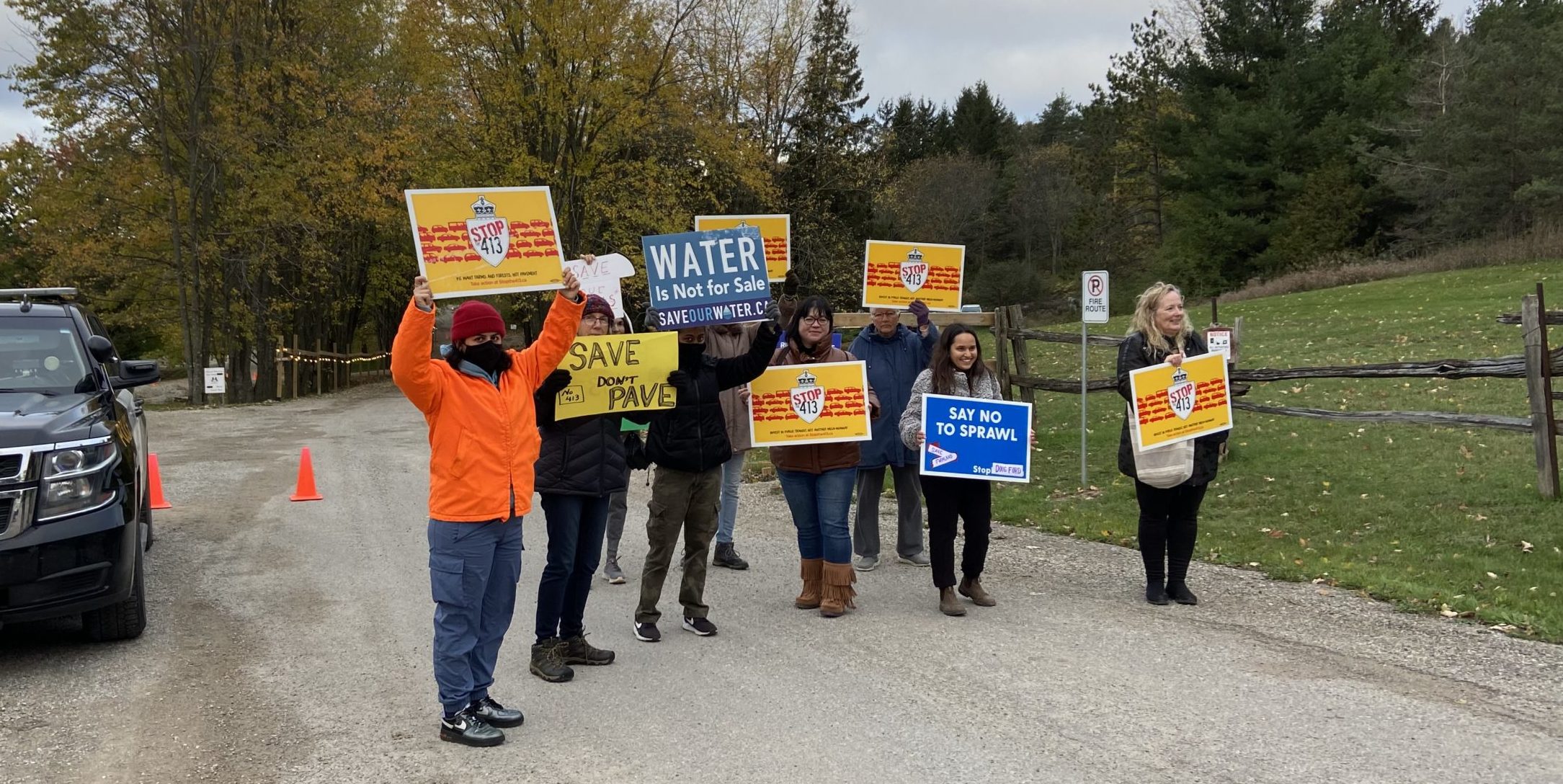May I ask which kids drive across town to go to school?
The only situations I can think of where this would happen are:
A) The child goes to a gifted program,
B) The child goes to a special school like French Immersion, or
C) The child goes is signed up to the Catholic School Board and somehow manages to live far from any Catholic Schools (which even then this isn't really that common, Catholic Schools are everywhere).
Granted, kids are generally allowed to apply for any school they wish within their region, but situations where a child lives far away from their school are extremely rare, and only really happens (apart from the above cases) is if the child used to live close to the school, moved, and didn't want to change schools and leave their friends behind.





